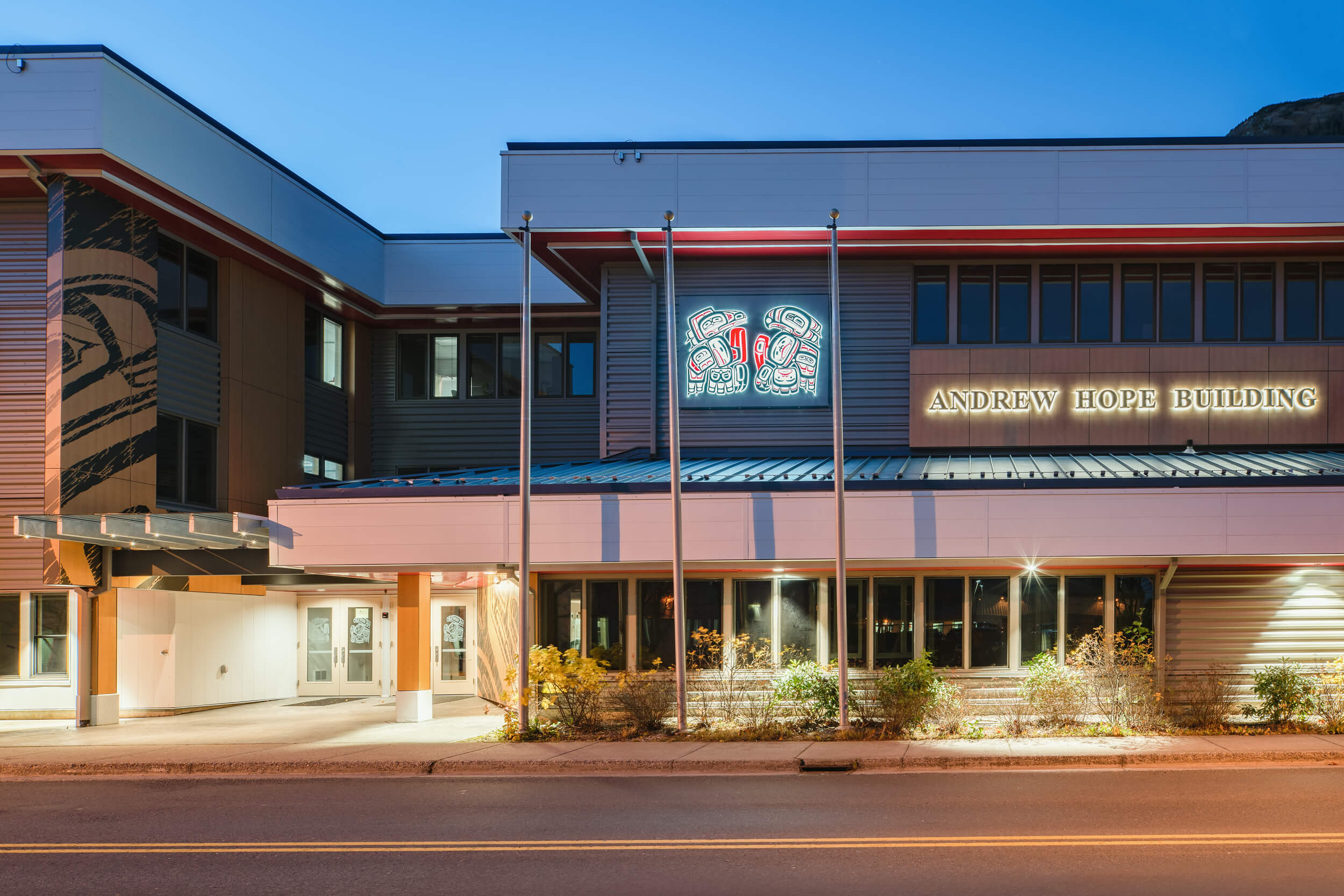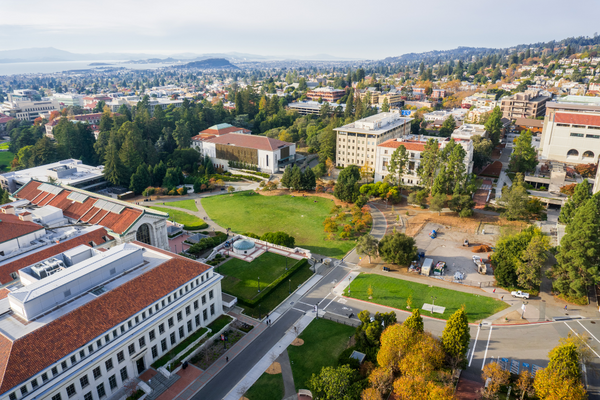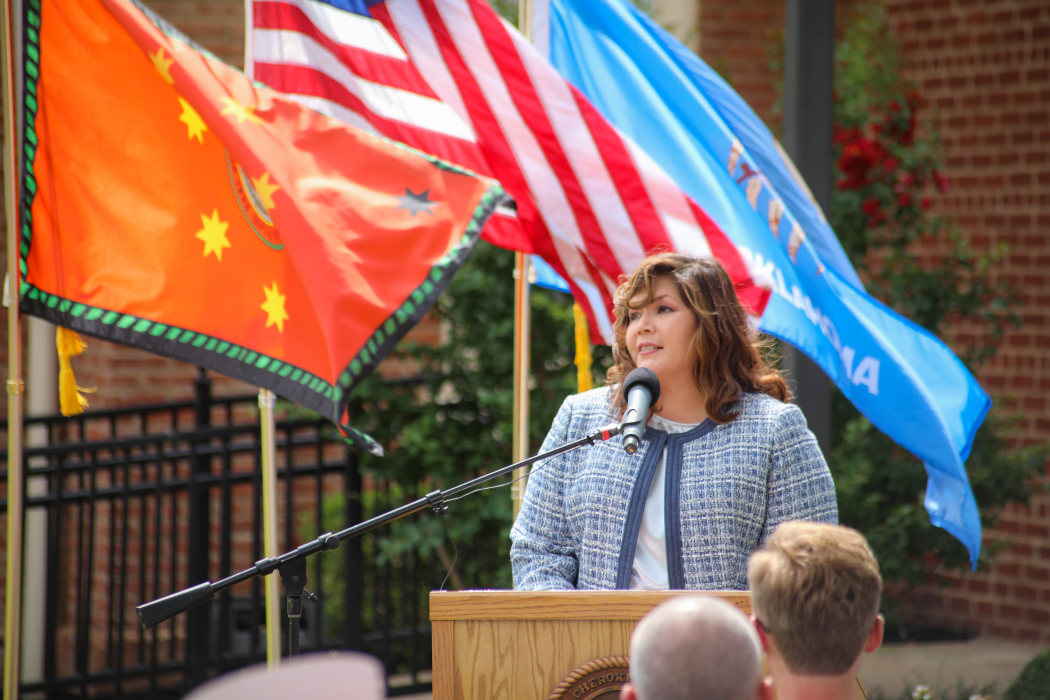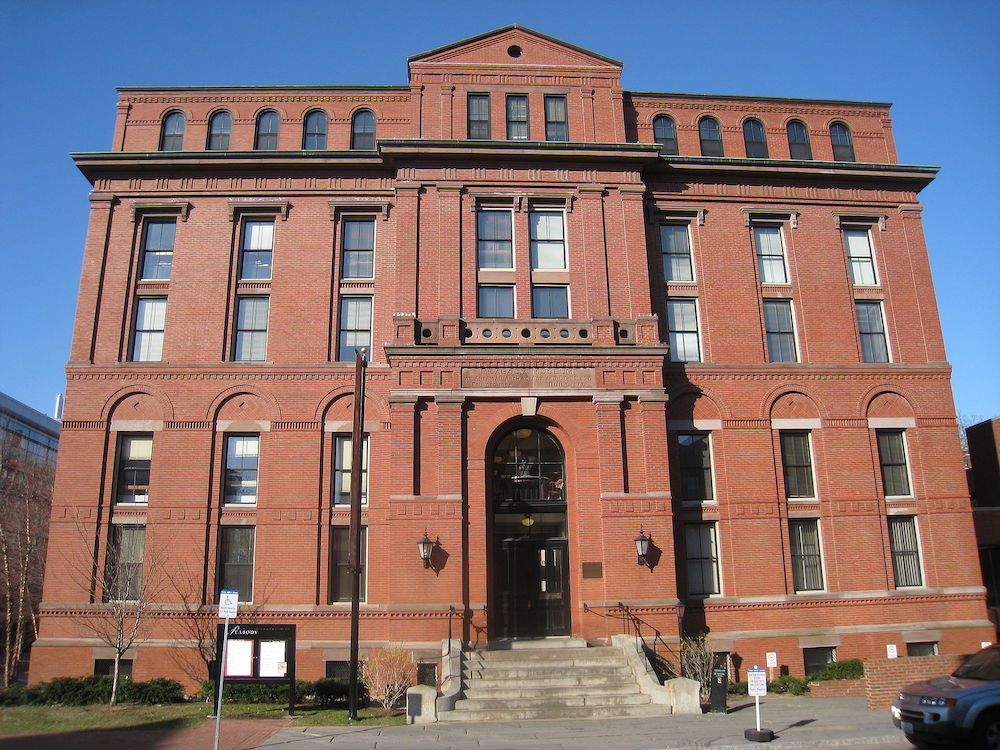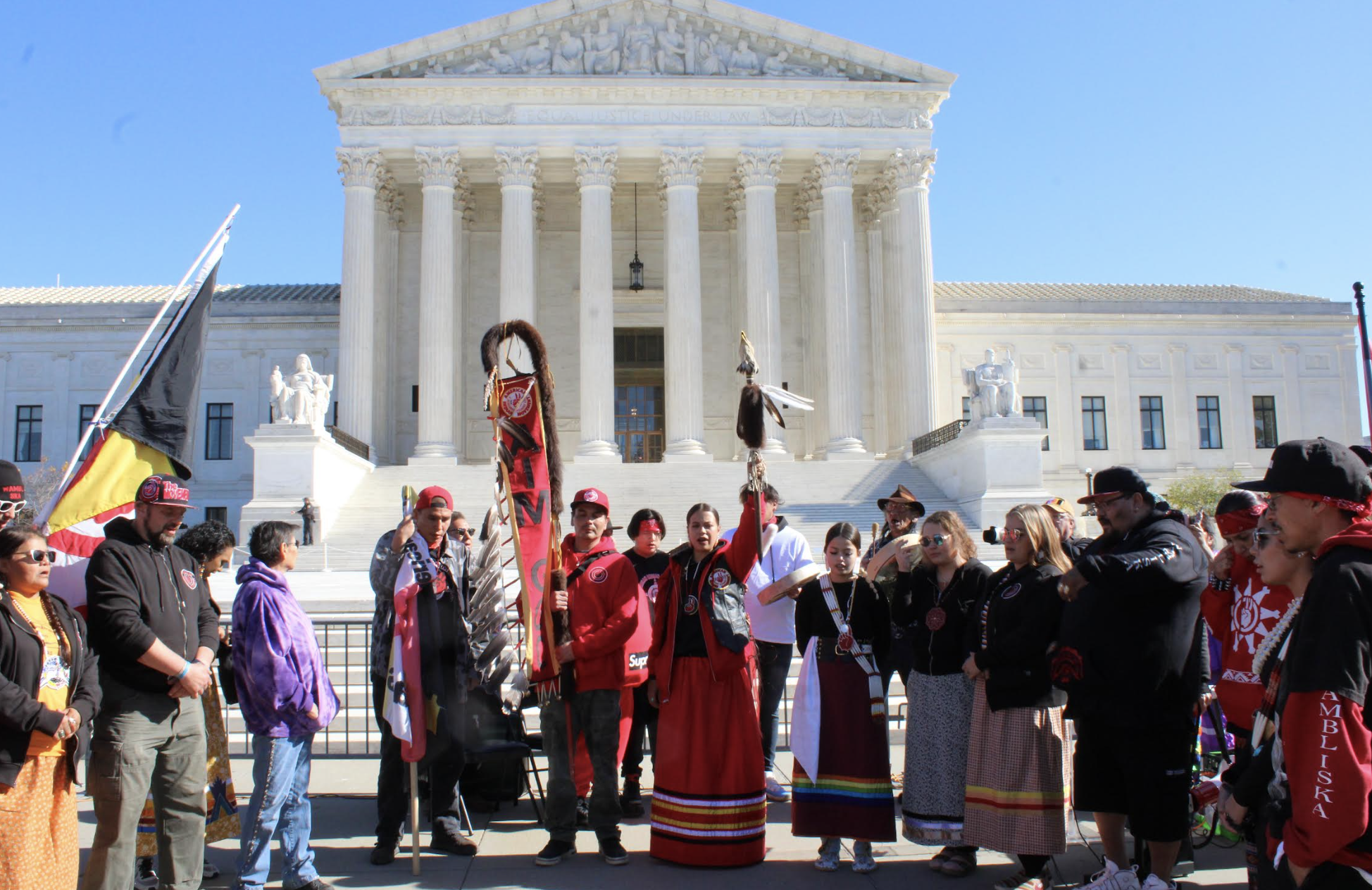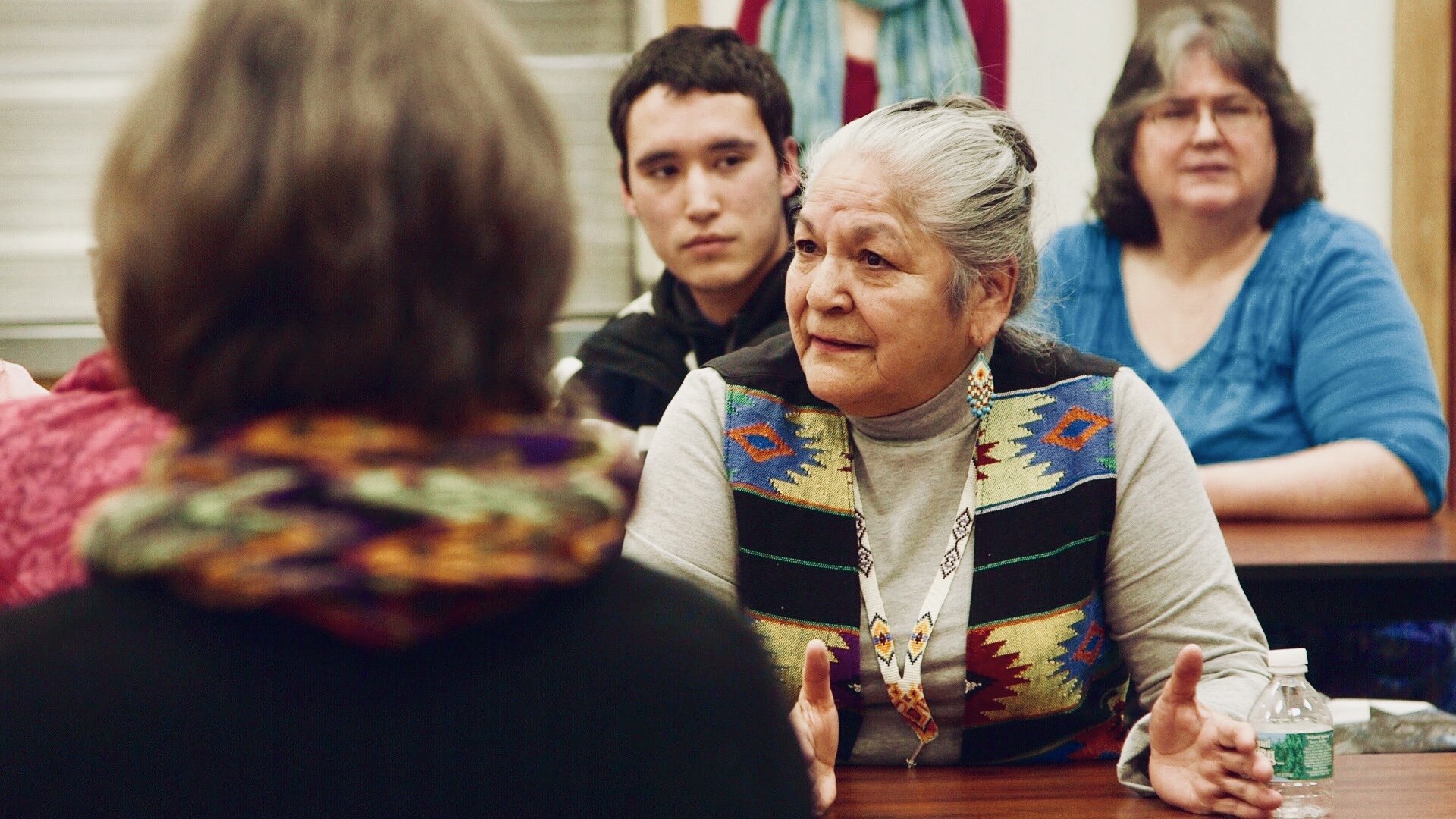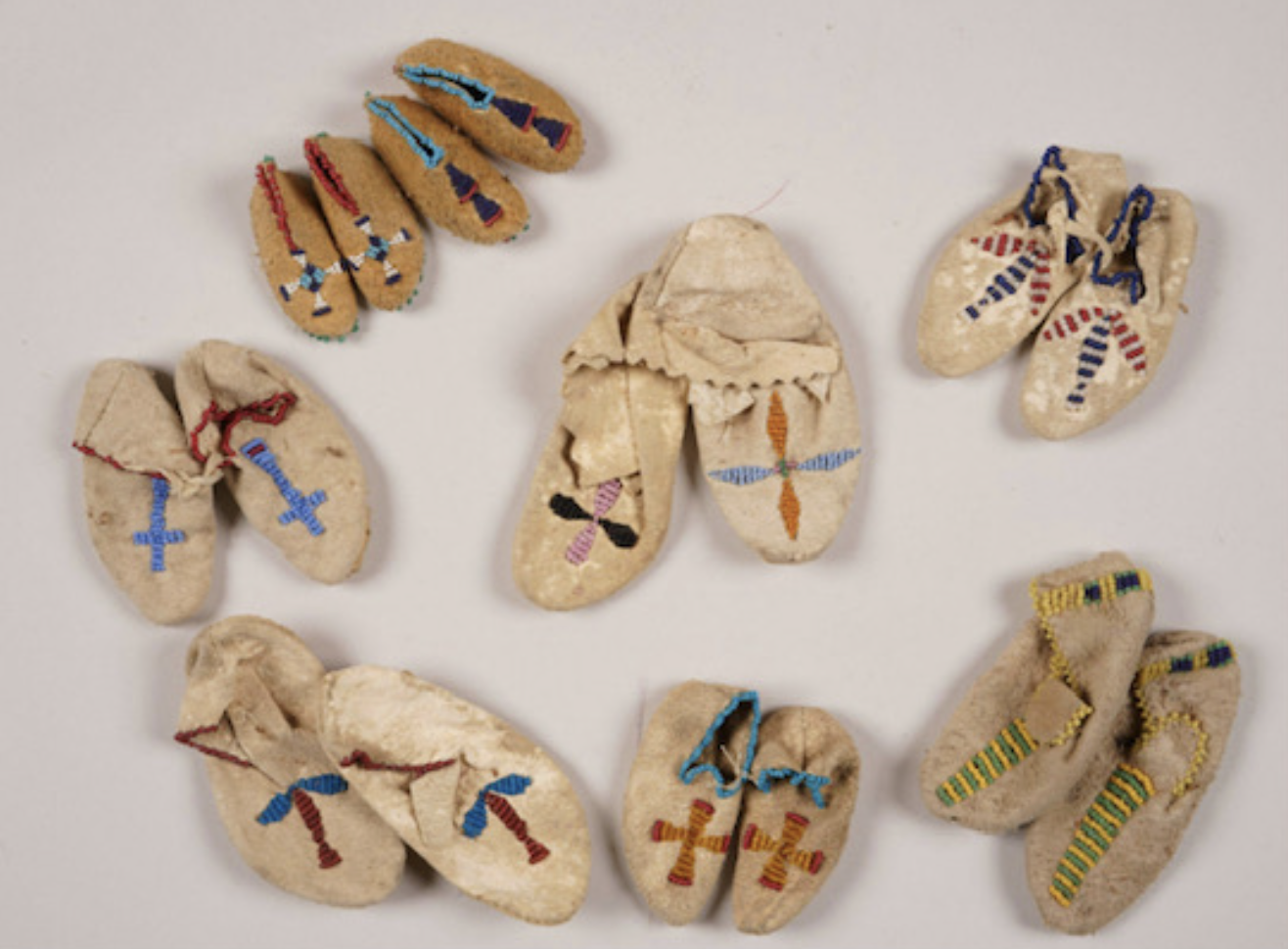Sovereignty
- Type: Default
- Ad Visibility: Show Article Ads
- Reader Survey Question: No Question
- Video Poster: https://nativenewsonline.net/images/10_Years_Logo.png
The Department of the Interior’s Bureau of Indian Affairs announced yesterday it has approved the Central Council of the Tlingit & Haida Indian Tribes of Alaska’s application to place a land parcel in Juneau, AK into federal trust status.
- Details
- By Native News Online Staff
- Type: Default
- Ad Visibility: Show Article Ads
- Reader Survey Question: No Question
- Video Poster: https://nativenewsonline.net/images/10_Years_Logo.png
Among Native communities, federal officials, and museum employees across the United States, The University of California at Berkeley has a longstanding reputation as the institution with the most Native American human remains and associated burial objects in its collection.
- Details
- By Jenna Kunze
- Type: Default
- Ad Visibility: Show Article Ads
- Reader Survey Question: No Question
- Video Poster: https://nativenewsonline.net/images/10_Years_Logo.png
The Cherokee Nation is exercising its treaty rights by fighting for its own delegate in the U.S. House of Representatives.
- Details
- By Jenna Kunze
- Type: Default
- Ad Visibility: Show Article Ads
- Reader Survey Question: No Question
- Video Poster: https://nativenewsonline.net/images/10_Years_Logo.png
Your questions about Indian Boarding Schools, as answered by our team.
- Details
- By Jenna Kunze
- Type: Default
- Ad Visibility: Show Article Ads
- Reader Survey Question: No Question
- Video Poster: https://nativenewsonline.net/images/10_Years_Logo.png
**This story contains disturbing details from U.S. Indian Boarding Schools. For support and mental health resources, visit The Native American Boarding School Healing Coalition’s list of resources.**
- Details
- By Jenna Kunze
- Type: Default
- Ad Visibility: Show Article Ads
- Reader Survey Question: No Question
- Video Poster: https://nativenewsonline.net/images/10_Years_Logo.png
- Details
- By Native News Online Staff
- Type: Default
- Ad Visibility: Show Article Ads
- Reader Survey Question: No Question
- Video Poster: https://nativenewsonline.net/images/10_Years_Logo.png
- Details
- By Darren Thompson
- Type: Default
- Ad Visibility: Show Article Ads
- Reader Survey Question: No Question
- Video Poster: https://nativenewsonline.net/images/10_Years_Logo.png
The Indian Child Welfare Act’s preference for placing Native children with Native families is taking center stage in Brackeen v. Haaland, one of four Supreme Court cases on the issue to be heard together, starting today.
- Details
- By Andrew Kennard
- Type: Default
- Ad Visibility: Show Article Ads
- Reader Survey Question: No Question
- Video Poster: https://nativenewsonline.net/images/10_Years_Logo.png
A Lakota delegation of tribal leaders, youth and descendants from Wounded Knee traveled to Barre, Mass., on Nov. 5 to receive more than 160 historical artifacts stolen from their ancestors and then kept in a museum for over a century.
- Details
- By Jenna Kunze
- Type: Default
- Ad Visibility: Show Article Ads
- Reader Survey Question: No Question
- Video Poster: https://nativenewsonline.net/images/10_Years_Logo.png
Your questions about Indian Boarding Schools, as answered by our team.
- Details
- By Jenna Kunze

